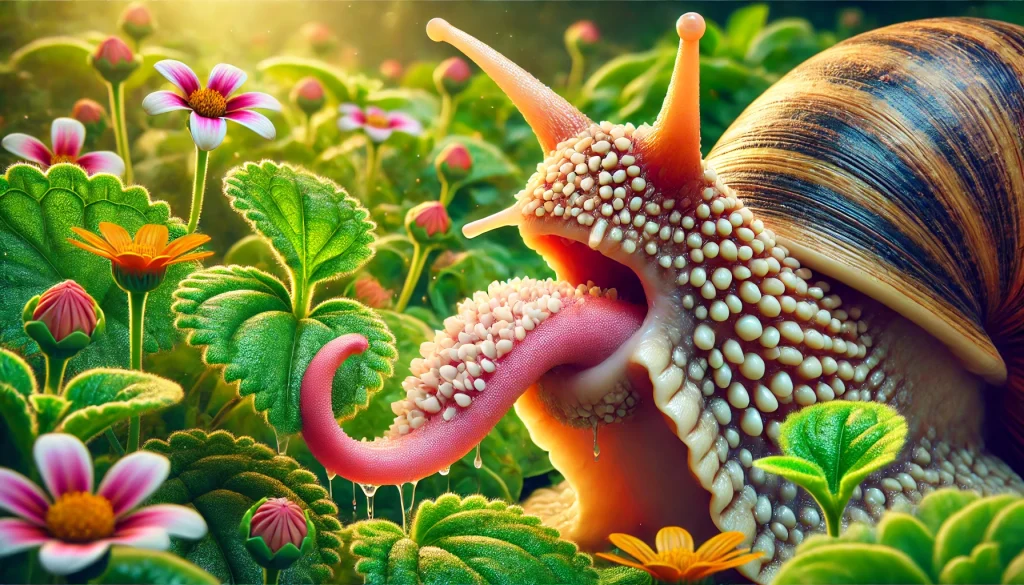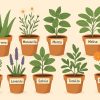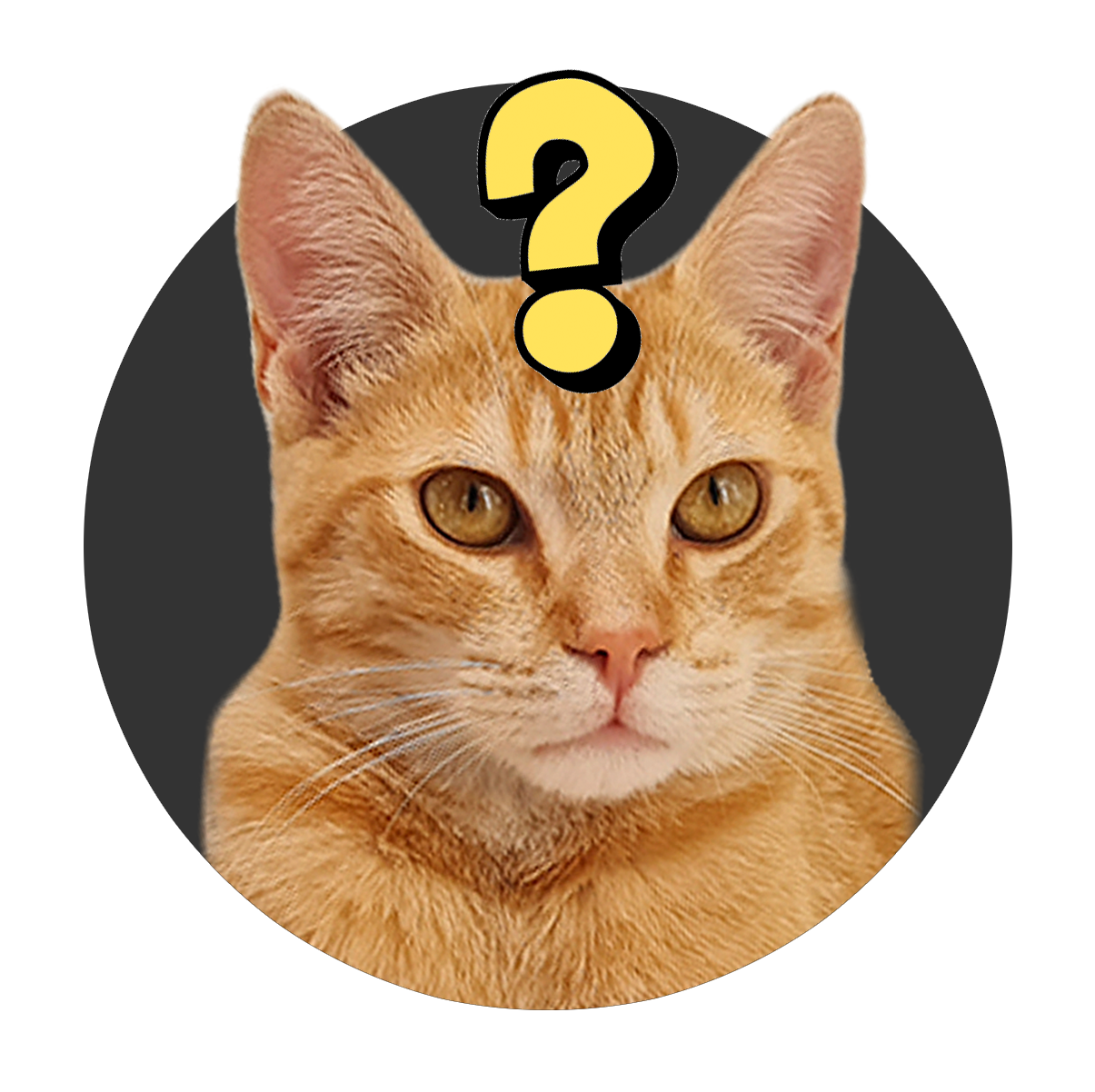Cuando pensamos en dientes, solemos imaginar las estructuras duras que tienen mamíferos como los humanos, los perros o los leones. Pero en el mundo animal, nada es tan sencillo… y mucho menos en el universo de los moluscos. ¿Sabías que los caracoles también tienen una especie de “dientes”? Aunque no los veas, esconden en su boca una herramienta realmente sorprendente: la rádula.
🦷 La rádula: la herramienta de alimentación del caracol
La rádula es una estructura exclusiva de los moluscos, especialmente de los caracoles. Se trata de una lengua cubierta de miles de minúsculos dientes, organizados en filas perfectamente alineadas. Su función es raspar y desgarrar el alimento, sobre todo materia vegetal.
A diferencia de nuestros dientes, que cortan o trituran, la rádula actúa como una lima. El caracol la desliza hacia adelante y hacia atrás sobre la superficie de las hojas, arrancando pequeños fragmentos para poder ingerirlos. Una auténtica obra de ingeniería biológica.
🔁 ¿Cómo funciona la rádula?
Lo más curioso de esta herramienta no es solo su diseño, sino su renovación constante. Mientras los dientes frontales de la rádula se desgastan con el uso, nuevos dientes emergen desde la parte posterior. Este sistema asegura que el caracol siempre tenga una superficie afilada y eficaz para alimentarse.
Es como si tú renovaras automáticamente tus cuchillos de cocina cada vez que se desafilan… ¡pero sin mover un dedo!
🔍 Una gran variedad de dientes diminutos
¿Sabías que algunos caracoles pueden tener más de 10.000 dientes? Y no hablamos de dientes iguales. La forma y disposición de estos minúsculos elementos cambian según la especie y su dieta. Algunos están diseñados para raspar algas, otros para cortar plantas más duras.
Gracias a esta diversidad, los caracoles pueden habitar ambientes muy distintos: desde jardines y bosques hasta fondos marinos o zonas desérticas. Su rádula les permite adaptarse como pocos animales.
🌱 El papel de los caracoles en el ecosistema
Los caracoles no solo son comensales curiosos, sino también agentes ecológicos esenciales. Al alimentarse de materia vegetal en descomposición, ayudan a reciclar nutrientes y equilibrar el entorno. Son parte del sistema de limpieza natural de la Tierra.
Además, al procesar alimentos que otros animales no pueden aprovechar, contribuyen a la biodiversidad y a la salud del ecosistema. Todo esto… con una lengua dentada casi microscópica.
📺 ¿Quieres más curiosidades como esta?
Entonces no te pierdas el canal de YouTube de The Curious Pancho.
Pancho, nuestro felino explorador, te cuenta datos como este en vídeos breves, divertidos y llenos de sorpresas.
👉 Haz clic aquí y explora el canal
🧠 Datos curiosos sobre los caracoles y su rádula
-
🔬 La rádula puede tener entre 1.000 y 20.000 dientes, dependiendo de la especie.
-
🧽 Algunos caracoles marinos usan su rádula para perforar conchas y alimentarse de otros moluscos.
-
⏳ La rádula se regenera constantemente durante toda la vida del caracol.
-
🐌 En el caracol manzana, los dientes de la rádula están adaptados para cortar tallos de plantas acuáticas.
-
🍽️ El caracol puede comer durante horas con su rádula, deslizándose lentamente y sin hacer ruido.








